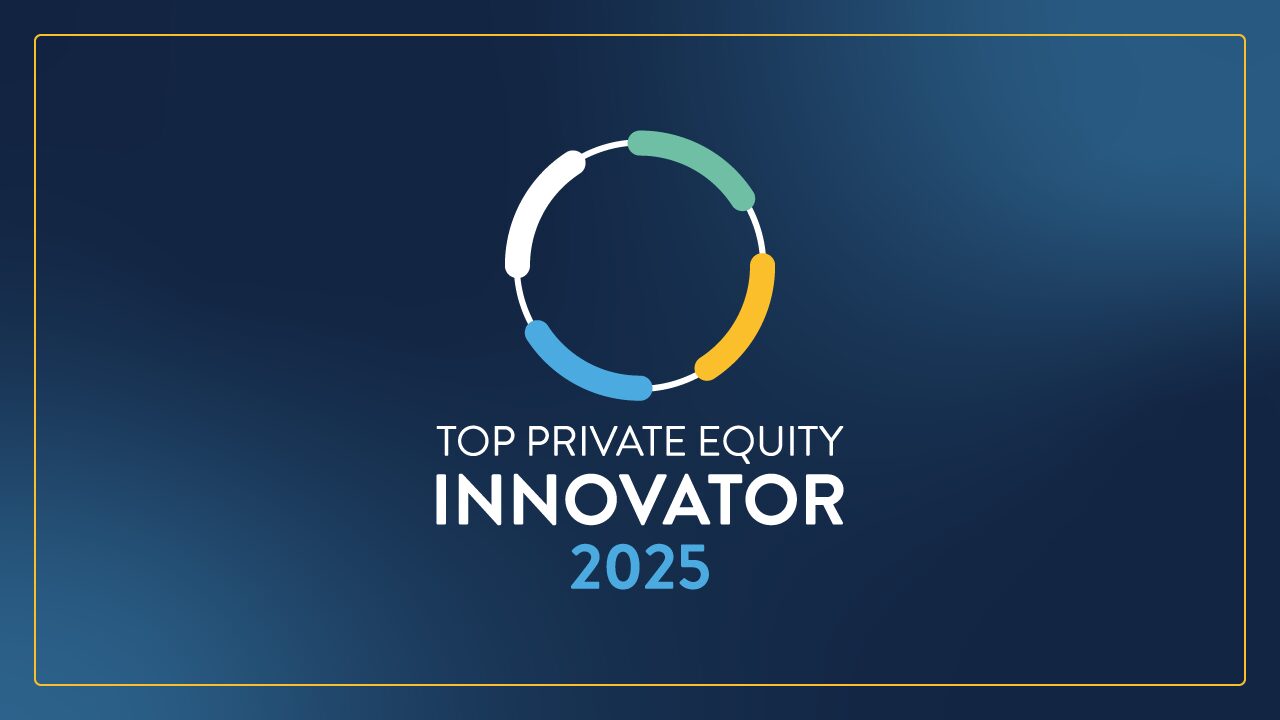There are currently more than 4,000 private equity funds competing for limited opportunities. Economics 101 is hitting the PE industry hard: since the demand for investment opportunities has been growing and the actual number of opportunities has stayed consistent over time, PE investors are facing an uphill battle. To succeed in a crowded field, PE funds must now run their own organizations like their portfolio companies.
Private equity funds are in the business of taking enterprises operating below full potential, growing their value, and selling them at a profit. And while PE investors focus on improving the operations and value of their portfolio companies, they often overlook the management of their own fund. Don’t let the cobbler’s kids have no shoes. PE investors need to learn to look at their funds the way they look at their portfolio companies, with an eye for increasing opportunities and optimizing operational effectiveness across the fund’s lifecycle.
The Business of Private Equity
Much like target businesses, PE funds typically have a Front of the House (deal and human capital origination), Operating Engines (assessing investment opportunities and post-closing value creation), and Back of the House (fund administration and fund operations). The business of private equity must increasingly be more business-like to succeed in today’s increasingly competitive environment. The good news is that most PE funds have tremendous opportunities to improve how they operate and differentiate from the pack. In this post, we focus on the low hanging fruit within your Front of the House and Operating Engine.
Front of the House
Knowing How to Market your PE Fund
Gone are the days of investment opportunities finding you simply because you have capital to invest. There are too many funds competing for the same deals. One of the hardest jobs for investment bankers now is knowing where to cut the deck for a sale process. Branding and marketing efforts are essential in the competitive PE world. PE funds must use marketing to source new deals, raise funds from investors, and recruit new talent for their internal needs and to their portfolio companies. The same marketing tools that are applied to portfolio companies can and should be applied to PE funds.
PE firm members should take the time to determine and hone what differentiates their fund from the competition. This brand positioning exercise requires thorough research into the market, as well as feedback from firm members, limited partners, and portfolio company leaders. It’s often beneficial for PE funds to work with third-party marketing experts who will take an unbiased approach to their research and can help develop effective brand messaging.
Once you have your brand messaging figured out, your fund should be using digital marketing to raise and regularly reinforce awareness. It amazes us that virtually no funds are using these tools other than episodic emails tied to new deals. The good news is that early adopters have a green field opportunity to differentiate. If interested, we know excellent agencies that will be great for both you and your portfolio companies. And when you’re ready to execute, we can also point you to the best technology tools like CRM, implementation groups, and data providers to get the job done.
Using Human Capital Assessment Tools
Many PE funds are already using human capital assessment tools for their target acquisitions. Far too few are using these tools to support their own teams.
Many, if not most, PE professionals (including me) came from the investment banking ranks. I think most will agree that these institutions have many strengths; however, training their professionals to lead and manage highly effective teams is not always one of them. The school of hard knocks gets results for sure, but a lot of china tends to be needlessly broken in the meantime with morale and performance suffering as a result.
Human capital assessment tools can benefit PE funds by identifying opportunities for structural improvements in the organization, as well as people who have the right skills to positively affect change and fit within your existing group dynamic. PE funds can also use the results of their HR intelligence initiatives in their marketing and recruiting efforts by pointing to standout results they’ve created. We have a particularly relevant group that can help understand your team dynamics, improve group cohesion, and guide future hires. Their method helps the Israeli special forces do the same and can be just as helpful to you (as well as your portfolio companies).
Back of the House
Tuning up your operational engine
Many PEGs are now adding operational resources to the internal teams, ranging from operating partners, to project support QBs, to full blown portfolio support groups.
We regularly see a common flaw in the private equity operating support model. In this model, the private equity operating professionals usually come from senior level industry positions in varying end markets where they bring true executive and operating excellence experience. In their prior capacities as senior executives, they led highly functional teams to execute on their vision and related strategy. However, when they join the private equity fund as an operator, they often find themselves in an army of one, where they formulate the vision, often have to single handedly determine the strategy, and then typically execute it themselves while navigating varying degrees of pushback from the portfolio companies.
Your operating professionals should be acting like they did before joining as an operating executive: assess the situation, set the vision and strategy, and support / manage the execution (without doing the execution). Very few firms can afford however to build their own full blown internal AT Kearney (nor should they). The good news is that there is a world of excellent third-party resources that your operating executives can manage in conjunction with your portfolio company leaders to execute on identified opportunities. When chosen and managed correctly, you’ll get better outcomes, the cost won’t be borne by your management company and is variable at the portfolio company level (and often add-backable at sale time), and operating partners will have significantly more leverage to impact your broader portfolio versus getting bogged down on individual projects.
Learning to Outsource
Highly-trained PE firm members shouldn’t be wasting hours Googling the solutions to industry-specific problems their portcos are facing—going down these rabbit holes can cause firms to lose thousands of dollars per hour per professional in opportunity costs (run the math – it’s not for the faint of heart, though). PE firms must become more comfortable outsourcing projects to consulting professionals with niche skills and industry expertise so that their teams can focus on their core competencies.
BluWave can quickly and efficiently connect you with vetted, PE-tested service providers who can tackle the projects your internal teams shouldn’t. Our invitation-only expert network includes specialized consultants who can help assess opportunities, build value, and complete projects with more speed and certainty—for PE firms’ internal teams or their portfolio companies.
Partnering with BluWave is the first step towards running your PE firm more like a business. Contact us today to learn more about how we can create value for your firm.


